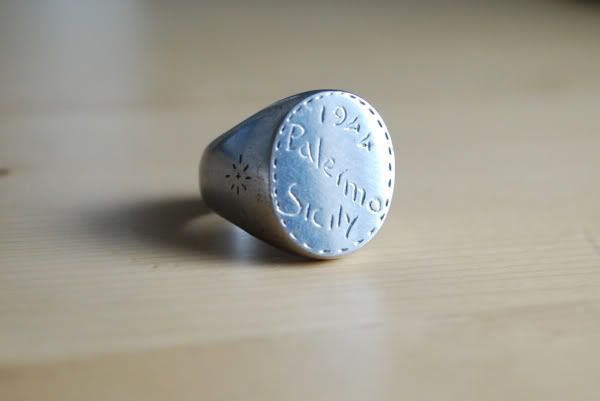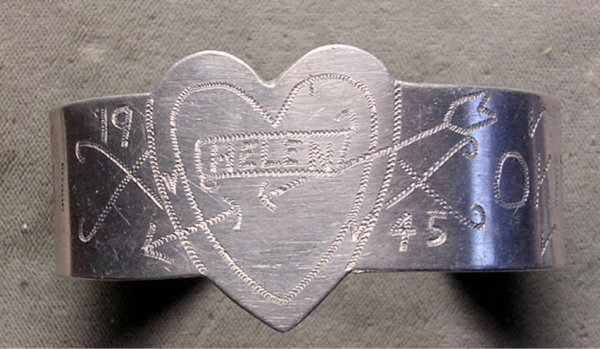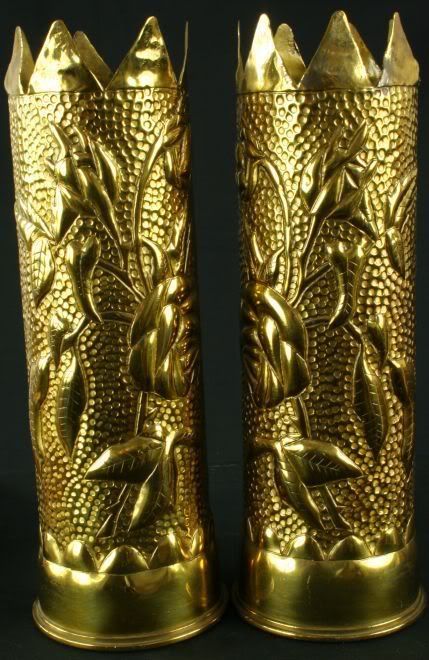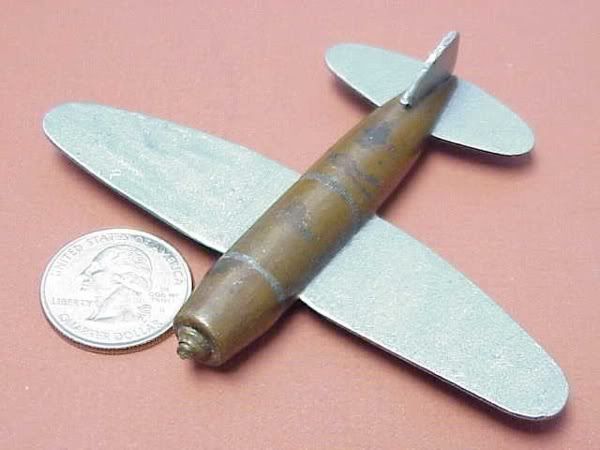This attraction, persistent, deep-seated and irresistibly magnetic will manifest as a cathexis of objects and symbols. A woman in the Midwest who has never visited the ocean might dream of it every night, and collect shells. A 21st century American man develops an obsession with French war artifacts during the reign of Napoleon. It can easily be argued that these choices to collect are entirely random, and it is also easy to argue that they are an unmistakable nexus to a past life. My personal belief is that certain memories are part of a collective unconscious, and some sort of catalyst triggers their discovery. I don't know what drives the catalyst, and don't think I ever will because that, my dear friends, is just too metaphysical of a question and I keep that can of worms closed unless you are really determined to engage me.
I've never been to war, despise violence, and don't have any family members that have seen active combat. Yet somehow, I have developed an affinity with trench art and decided to start a collection. "Trench art" is a term used to describe decorative objects made by soldiers during times of war, usually out of metal such as aluminum scraps and ammunition casings. The practice flourished during the first world war, but remained popular through WWII.
Small objects such as rings and sweetheart bracelets were essentially the only pieces that could actually be made in trenches. It would have been far too difficult and dangerous to utilize the tools necessary to make larger and more complicated pieces such as vases and miniature planes while in combat. Larger pieces were usually made by off duty forces, prisoners, and men behind the front lines. These objects were often sent home to loved ones as souvenirs and gifts. Civilians in occupied countries also created decorative items such as embroidered postcards and floursacks to make extra income.
My favorite type of trench art, no surprise, is jewelry. My first acquisition is a ring made of aluminum in Palermo, Italy in 1944. Soldiers would often create a new ring at each place they were stationed to commemorate their travels. This one belonged to a vet that was also stationed in Algiers.
A rare and well executed WWI lighter, most likely made from brass coat buttons:
bullet and aluminum plane
I hope you enjoyed this post and learned something new today. What do you collect that you have no explanation for, and why do you think you do it?
xoxo
Giana
xoxo
Giana








I have never seen these before or heard of them, quite amazing and makes me all a bit sad at the same time...now you must win that bracelet it's great! they are so simple but heartfelt.
ReplyDeleteLove trench art and trench art jewelry. And.... um.... "Helen loves Dick" ...priceless, lol.
ReplyDeletehahah yes it actually says Helen Love Dick inside of it. SO good.
ReplyDeletelove this post, and has anyone ever told you you are an amazing writer?
ReplyDeletegreat finds, really interesting post!
ReplyDelete